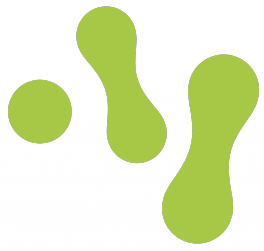| MirGeneDB ID | Obi-Mir-2-o47d |
|---|
| Family name |
MIR-2 (all species) |
|---|
| Seed |
AUCACAG |
|---|
| Species |
California two-spot octopus (Octopus bimaculoides) |
|---|
| MiRBase ID |
|
|---|
| Paralogues |
Obi-Mir-2-o45-v1
Obi-Mir-2-o45-v2
Obi-Mir-2-o46-v1
Obi-Mir-2-o46-v2
Obi-Mir-2-o47a
Obi-Mir-2-o47b
Obi-Mir-2-o47c
Obi-Mir-2-o48-v1
Obi-Mir-2-o48-v2
Obi-Mir-2-o49
Obi-Mir-2-P12
|
|---|
| Orthologues |
Esc-Mir-2-o47d
Gsp-Mir-2
Npo-Mir-2-o47
Ovu-Mir-2-o47d
Ple-Mir-2
|
|---|
| Node of Origin (locus) |
Octopus
|
|---|
| Node of Origin (family) |
Protostomia
|
|---|
Genome context
(PRJNA270931_OBI) |
KQ419829: 50094-50153 [-]
Ensembl
|
|---|
Precursor
(pre-Mir +30nt flank) |
CUGUGUUUUGAUGUUCCGACUCUAUUGUAACUCAUUAAAGAGCUGGGAUAUGCUGUCUUUCUGACAUAUCACAGCUAGCUUUGAUGAGCUACACUUGGGUUAUUUCACCUCCAAUUUACU
Get precursor sequence
|
|---|
| Structure | 10 20 30 40 50
CUGUGUUUUGAUGUUCC-- UAU A --| G CUGUC
GACUC UGUA CUCAUUAAAG AGCUG GAUAUG U
UUGGG ACAU GAGUAGUUUC UCGAC CUAUAC U
UCAUUUAACCUCCACUUUA UUC C GA^ A AGUCU
. 110 100 90 80 70 60 |
|---|
| Deep sequencing |
Go to detailed chart
|
|---|
| Comment | It is not clear either from phylogenetic or syntenic information how many Mir-2 genes were present in the last common ancestor of protostomes and how the multiple paralogues in lophotrochozoans relate to the four Mir-2 genes in arthropods. Thus all lophotrochozoan genes aside from Mir-2-P12 are classified as orphans pending further data and analysis. |
|---|
| 3' NTU |
No
|
|---|
| Motifs | CNNC at 3p(+17) |
|---|
Tissue expression
|
|
|---|
| Star sequence |
Obi-Mir-2-o47d_5p* |
| mirBase accession | None |
|---|
| Sequence |
0- CUCAUUAAAGAGCUGGGAUAUG -22
Get sequence
|
|---|
| Mature sequence |
Obi-Mir-2-o47d_3p |
| mirBase accession | None |
|---|
| Sequence |
36- UAUCACAGCUAGCUUUGAUGAGCU -60
Get sequence
|
|---|






